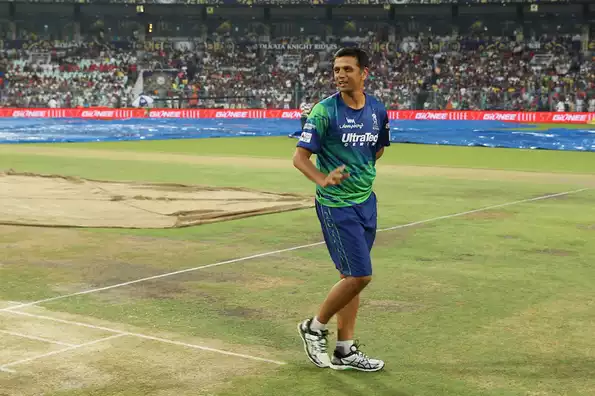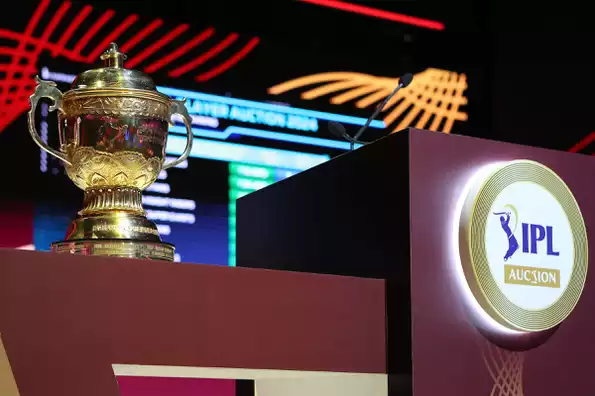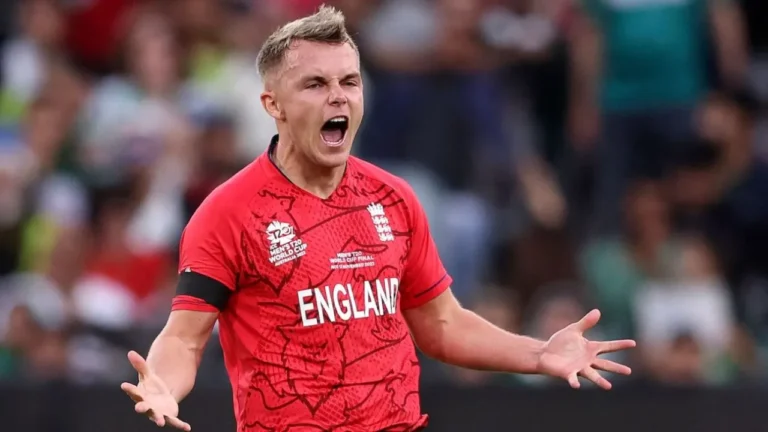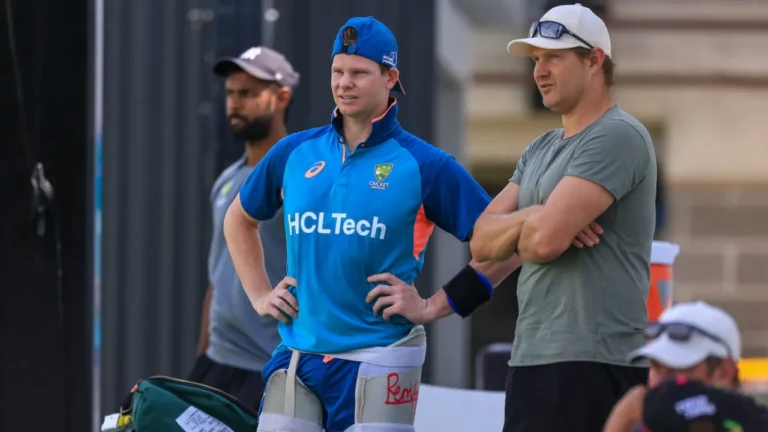One of the greats of Indian cricket, Rahul Dravid, came into the 2011 IPL mega auction with a USD 400,000 base price.
It seemed only fitting that the team would make an offer for him after he spent the first three IPL seasons playing for Royal Challengers Bangalore (RCB).
Remarkably, RCB did not react when Dravid’s name was shouted. The auction floor was startled since neither the team’s owner, Vijay Mallya, nor its mentor, Anil Kumble, lifted their paddles. It seemed briefly that Dravid would fail in his own Bangalore.
But the Rajasthan Royals intervened and won Dravid’s services with a USD 500,000 deal.
Even though this price was significantly less than his previous auction value of more than $1 million USD, it saved him the humiliation of not selling.
The lower price reflected how the IPL auction changed over time and how variables other than a player’s reputation were taken into account.
Even with the lowball offer, Dravid took this fact calmly, and the relationship between him and the Rajasthan Royals grew stronger.
Rahul Dravid became a legend for his devotion to the Rajasthan Royals. He stayed loyal to the team that trusted him when others were hesitant, even after taking on coaching positions.
Rejecting substantial offers from well-known IPL teams, Dravid chose to remain with the Royals—a squad not very wealthy but respected for its tactical acumen.
Beyond his playing career, Dravid remained involved with the Rajasthan Royals, serving as the team’s coach and captain.
He had a significant impact on the club, especially before they were in the IPL, with an emphasis on player matchups and analytics.
After their championship-winning first season, the Royals had some of their best seasons during his leadership from 2012 to 2015.
Playing 46 games, Dravid averaged nearly 30 runs per game while leading the Royals to victory in 34 of them.
He guided the squad to competitive finishes as a coach and mentor, with the Royals placing fifth in 2014 and fourth the following year.
Known for their thrifty spending at the auction, the Rajasthan Royals did not overspend on famous names; instead, they primarily relied on strategic insights.
No player was more significantly shaped by Dravid’s astute leadership than Sanju Samson.
Samson developed into one of the most promising players in the IPL while being coached by Dravid.
Much of Samson’s success now, as he ascends to the position of captain and is acknowledged for his leadership, can be attributed to Dravid’s mentoring.
While the Rajasthan Royals were suspended for two years, Dravid also served as a temporary coach for the Delhi Daredevils, but his loyalty to the Royals never wavered.
Following India’s triumphant T20 World Cup campaign, Dravid commented that he was “jobless.”
However, many people anticipated that he would rejoin the Rajasthan Royals. Given that Director of Cricket Kumar Sangakkara has been head coach for the previous four seasons, his return could provide a problem.
The Royals administration has indicated that Dravid and Sangakkara will work together, with Sangakkara potentially concentrating on other teams that play for the Royals, such as ones in the CPL and SA20.
Players and supporters stand to gain from Dravid and Sangakkara’s leadership as the Rajasthan Royals potentially reach new heights.



